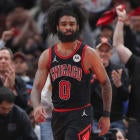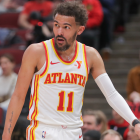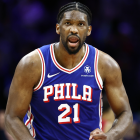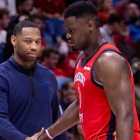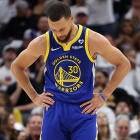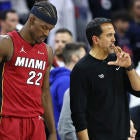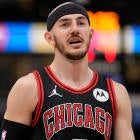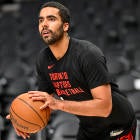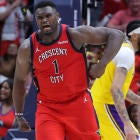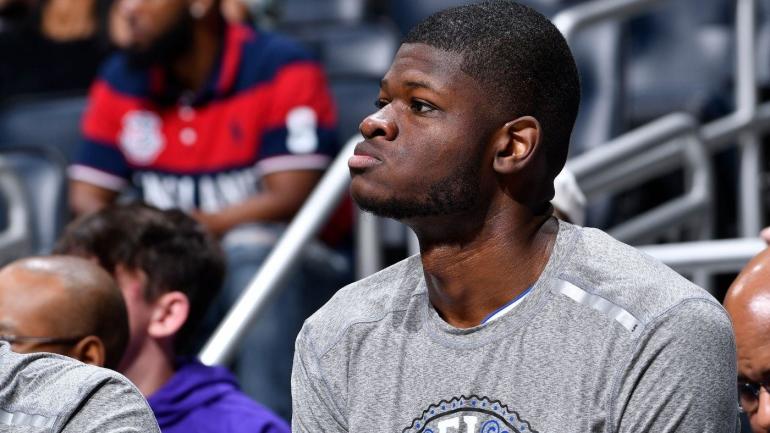
Most NBA players diagnosed with COVID-19 have recovered relatively quickly. A good number dealt with the virus during the in-season hiatus but recovered soon enough to play in the Disney bubble. Mo Bamba of the Orlando Magic appears to be an exception. The third-year center picked No. 6 overall in the 2018 NBA Draft was diagnosed with the coronavirus on June 11. He tested negative in time to report to the NBA bubble but was not capable of playing there.
And now, almost six months later, Bamba is still dealing with symptoms. "There's no real timetable for him to be able to come back and fully participate," Magic coach Steve Clifford said, according to The Athletic's Josh Robbins. "I think that he'll be able to do some things that are more organizational and everything. But he's a ways away, and there's no timetable on his return." In June, Bamba told The Athletic that he lost his senses of smell and taste, was unusually fatigued and dealt with muscle soreness.
A small percentage of COVID-19 patients turn out to be long-haulers. They deal with symptoms long after tests come back negative. Little is known about what causes these symptoms to persist in certain patients, but athletes in other sports have also dealt with serious longer-term repercussions after their diagnoses. Boston Red Sox pitcher Eduardo Rodriguez suffered myocarditis, inflammation of the heart, during his bout with COVID-19.
The theory behind professional sports being played at all during a pandemic is that young, fit athletes are low-risk patients for this virus. Cases like Bamba's are proof of that theory's flaws. Positive tests continue to rise. San Francisco has already stopped contact sports from being played in the county, and other areas could join in. There is no reason to believe that the NBA season is in jeopardy yet, but more cases like Bamba's will raise questions about whether or not basketball should be played at all right now.














